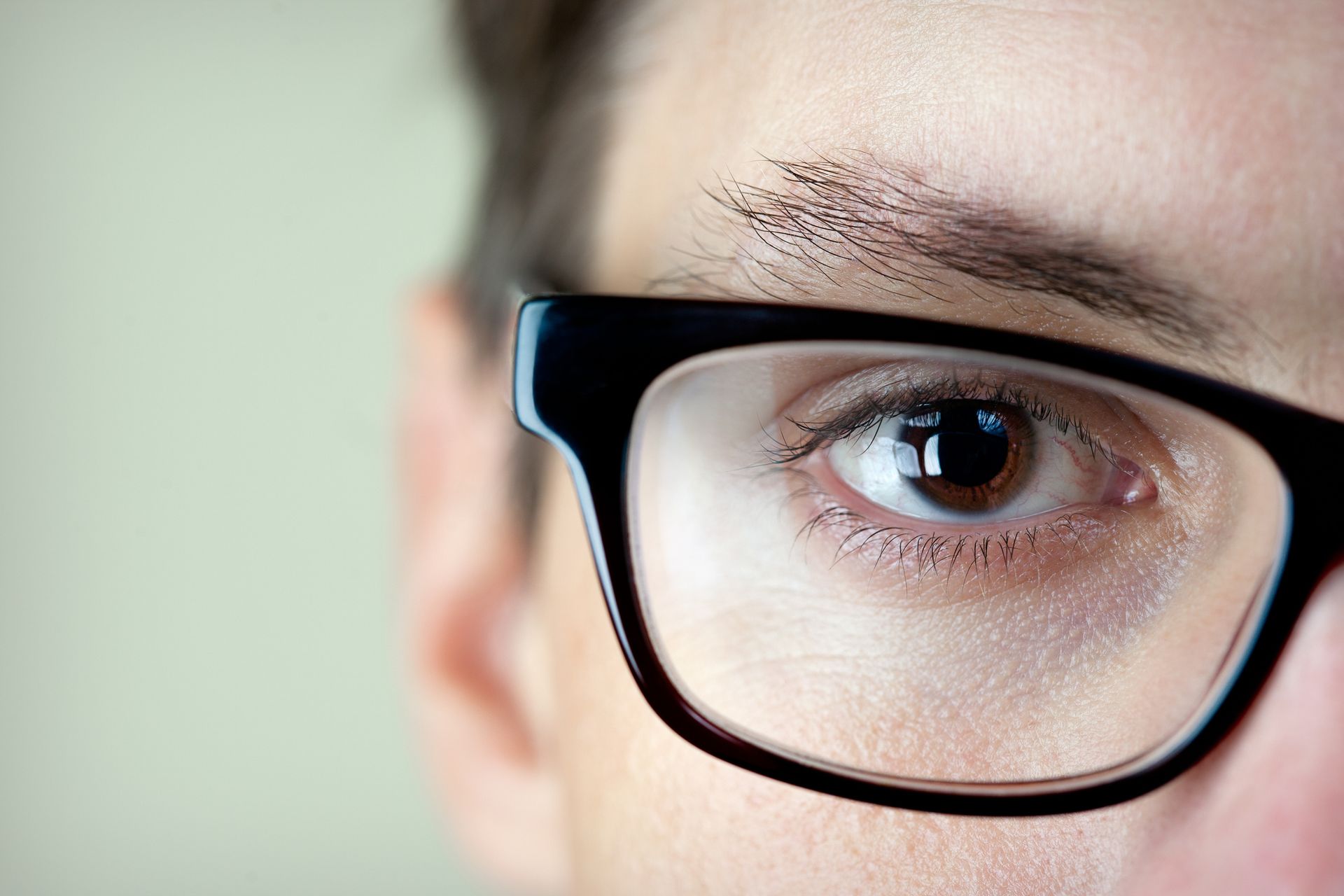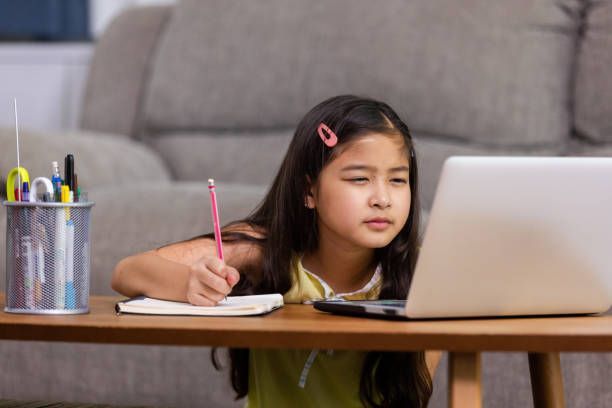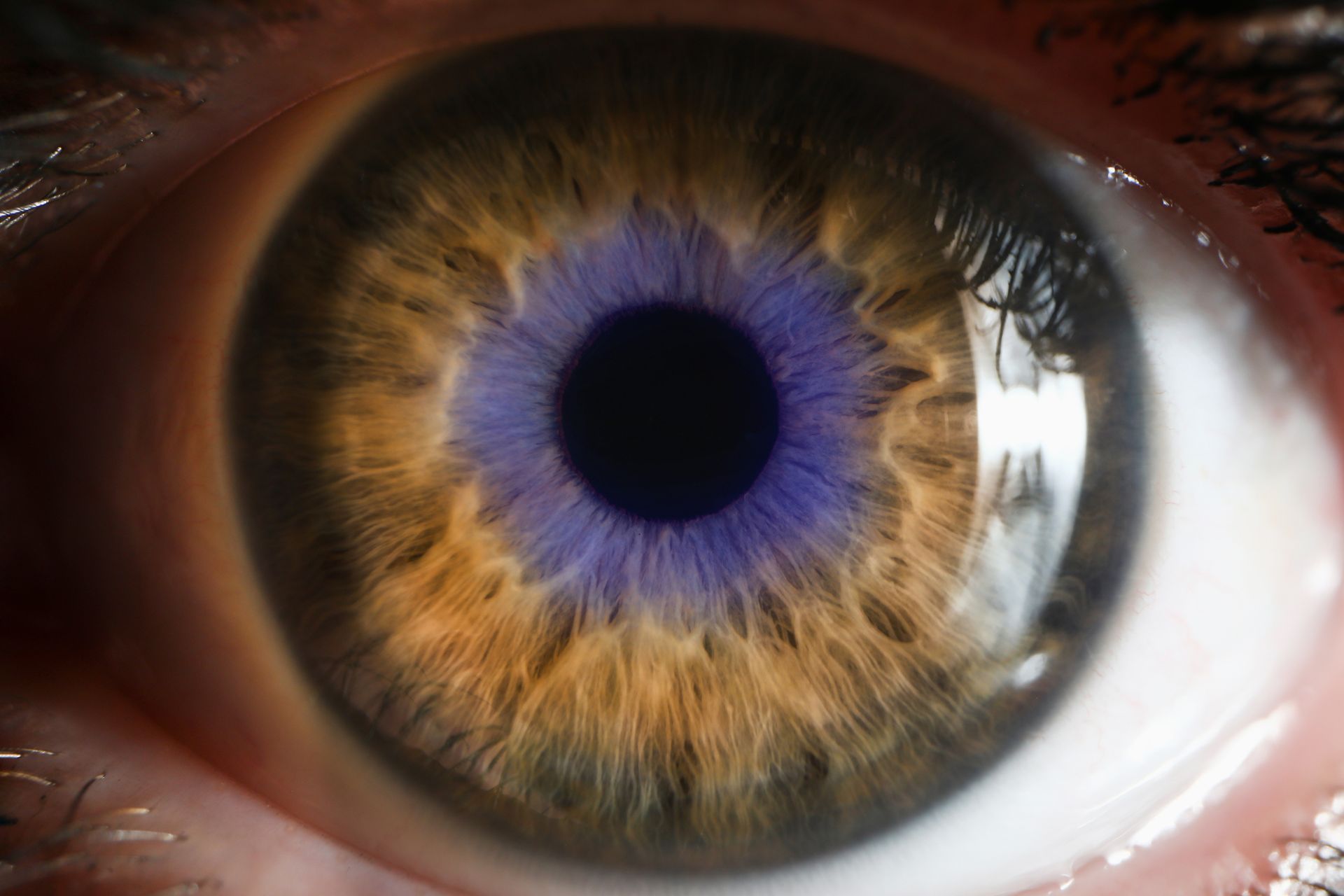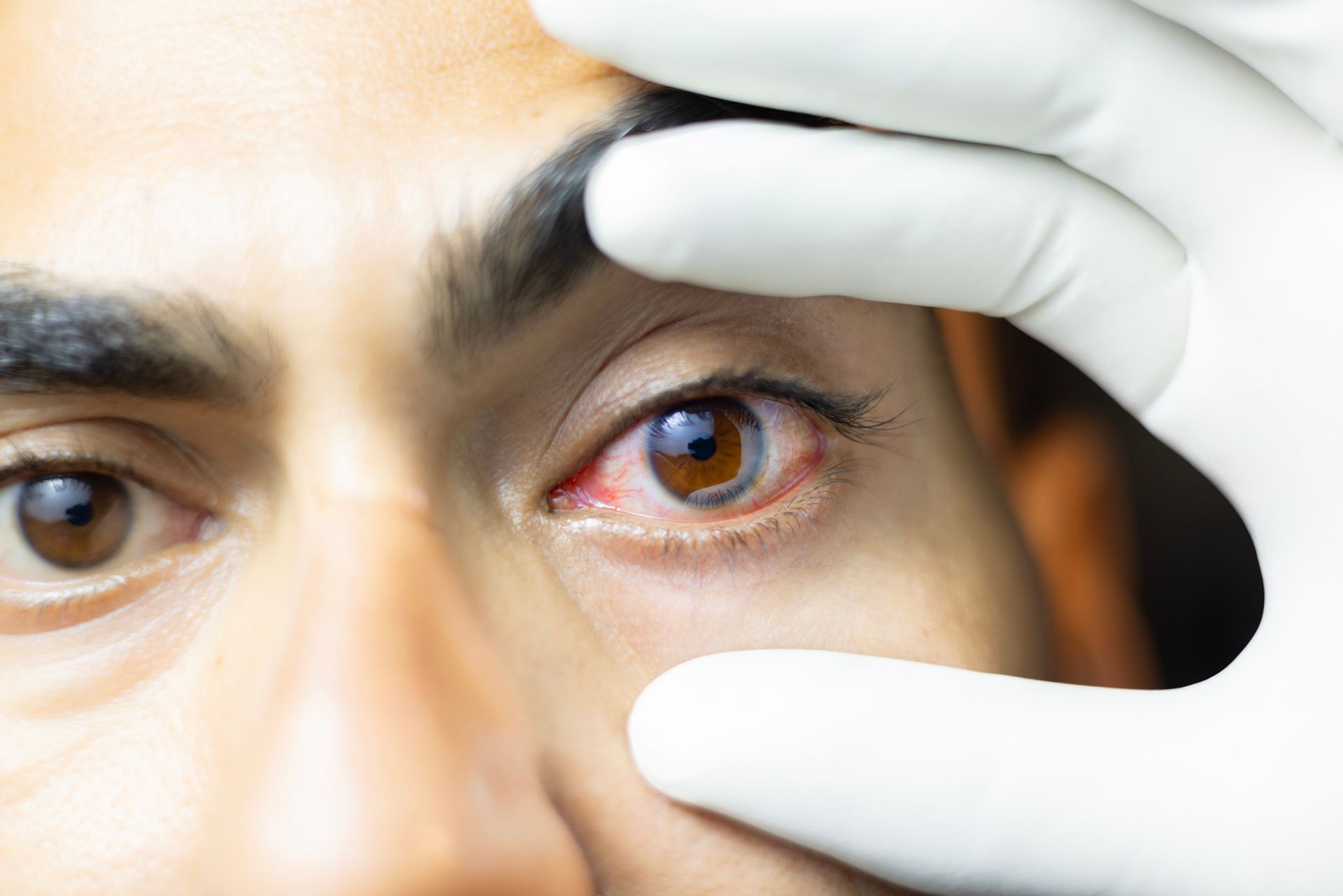Vision Therapy – What Is It and Who Needs It?

Vision therapy is a structured program designed to improve how your eyes and brain work together. It’s not just about seeing clearly, it’s about how effectively your visual system functions and how your eyes work in coordination with each other.
Who Might Benefit?
Vision therapy can help both children and adults. It’s often recommended for people who experience:
- Eye coordination difficulties (like convergence insufficiency)
- Focusing problems or visual fatigue
- Amblyopia (commonly known as “lazy eye”)
- Eye movement issues that affect reading and tracking
- Visual processing delays that impact learning
Even if someone has clear vision on a standard eye chart, they might still struggle with how their eyes work together or how well they focus over time.
What’s Involved?
We start with a thorough eye exam and a discussion of your symptoms. If vision therapy is recommended, the program may include:
- In-office sessions or structured home-based activities
- Exercises using lenses, prisms, filters, or digital tools
- Regular reviews to track progress and adjust as needed
Every program is tailored to the individual; there’s no one-size-fits-all solution. It’s not a quick fix, but with consistent effort, real improvements can be achieved.
If you or your child struggle with reading, concentration, headaches, or visual comfort, vision therapy might be the missing link.
Book a consultation at VISION Michael Hare Optometrists today and let’s discover what your eyes need to thrive.
Related Articles:
- Amblyopia: What Is a "Lazy Eye"?
- Blurry Vision: Sudden or Gradual?
- Glasses for Everyday: Why Simpler Can Be Better
References:
- Maples WC. Visual factors that affect academic performance. Optometry. 2003.
- Grisham JD et al. Refractive error, binocular vision and learning. Optometry and Vision Science. 2007.
- Optometry Australia. Vision and Learning Position Statement. 2023.
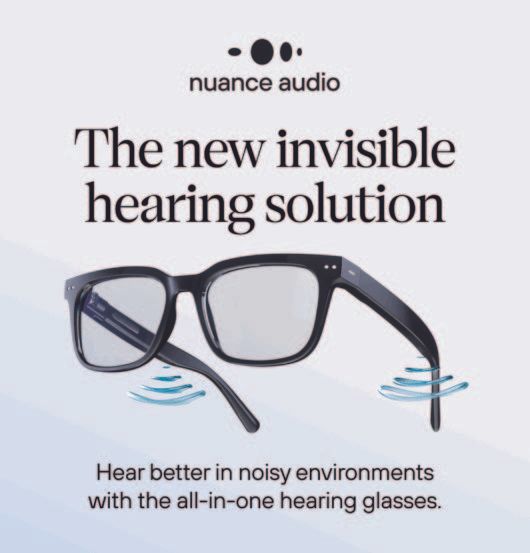
The New Invisible Hearing Solution: Nuance Audio - now available at Vision Michael Hare Optometrists
